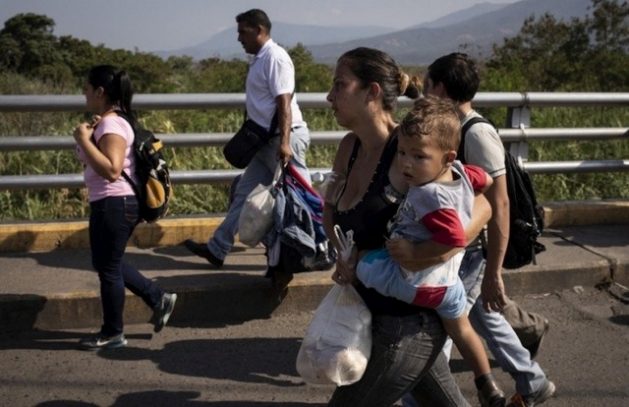
The exodus of more than five million Venezuelans in the last six years has led countries in the developing South, Venezuela’s neighbours, to set an example with respect to welcoming and integrating displaced populations, with shared benefits for the new arrivals and the nations that receive them.
By IPS
In this region “there is a living laboratory, where insertion and absorption efforts are working. The new arrivals are turning what was seen as a burden into a contribution to the host communities and nations,” Eduardo Stein, head of the largest assistance programme for displaced Venezuelans, told IPS.
According to figures from the United Nations refugee agency, the UNHCR, and the International Organisation for Migration (IOM), 5,650,000 people have left Venezuela, mainly crossing into neighbouring countries, as migrants, displaced persons or refugees, as of July 2021.
“This is the largest migration crisis in the history of Latin America,” Stein said by phone from his Guatemala City office in the Interagency Coordination Platform for Venezuelan Refugees and Migrants (R4V), created by the UNHCR and IOM in partnership with 159 other diverse entities working throughout the region.
Colombia, the neighbour with the most intense historical relationship, stands out for receiving daily flows of hundreds and even thousands of Venezuelans, who already number almost 1.8 million in the country, and for providing them with Temporary Protection Status that grants them documentation and access to jobs, services and other rights.
To continue reading this information, click on the following link.

